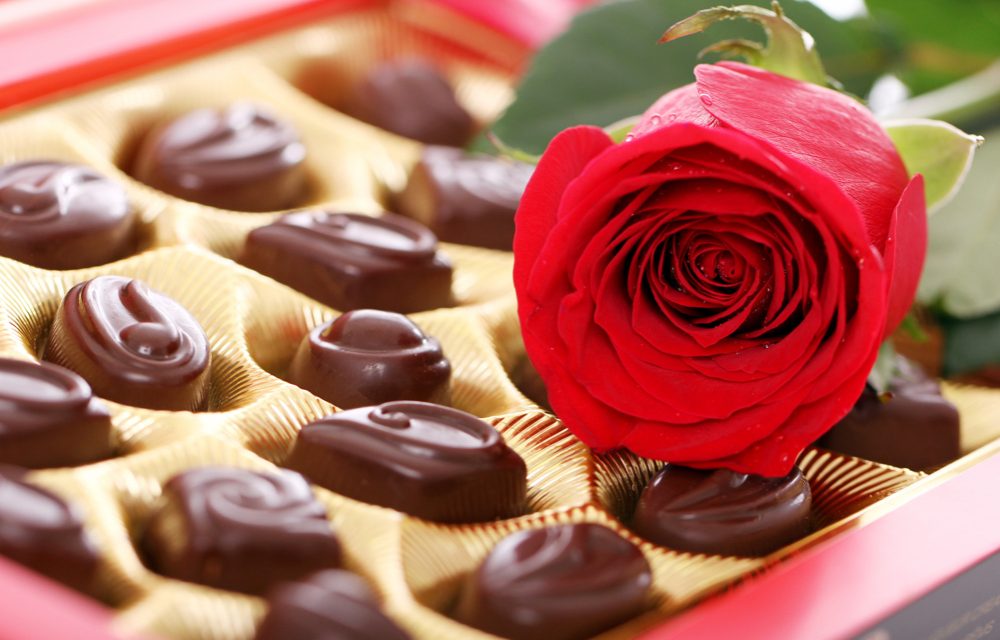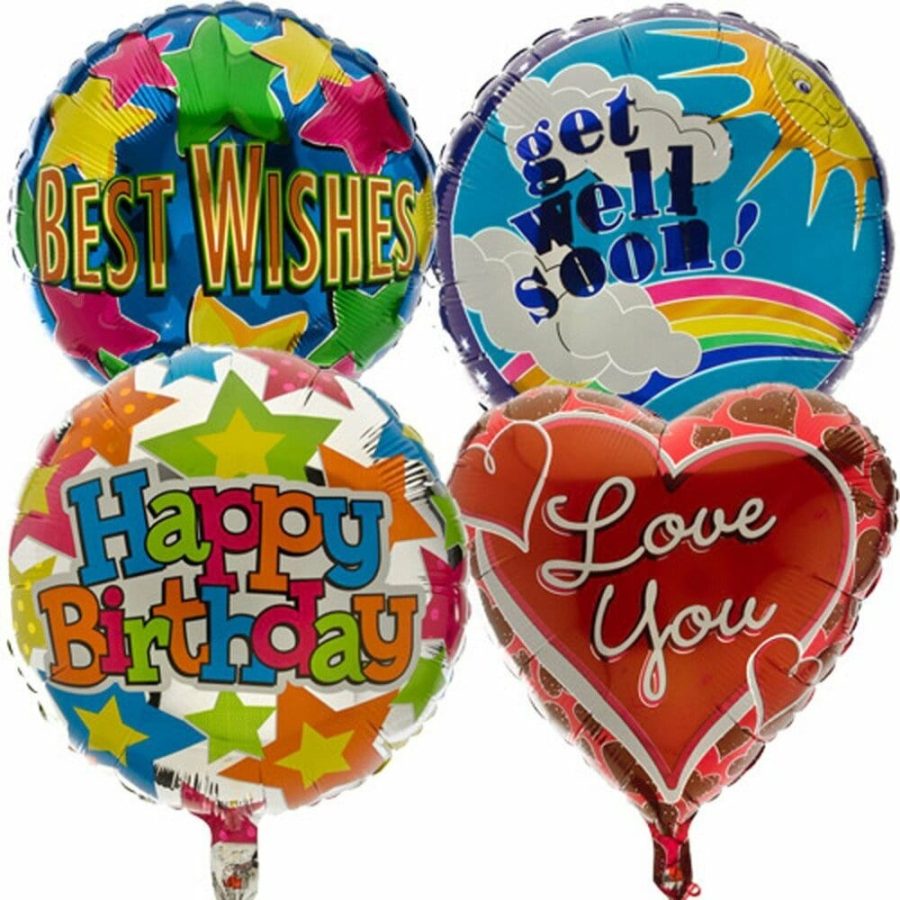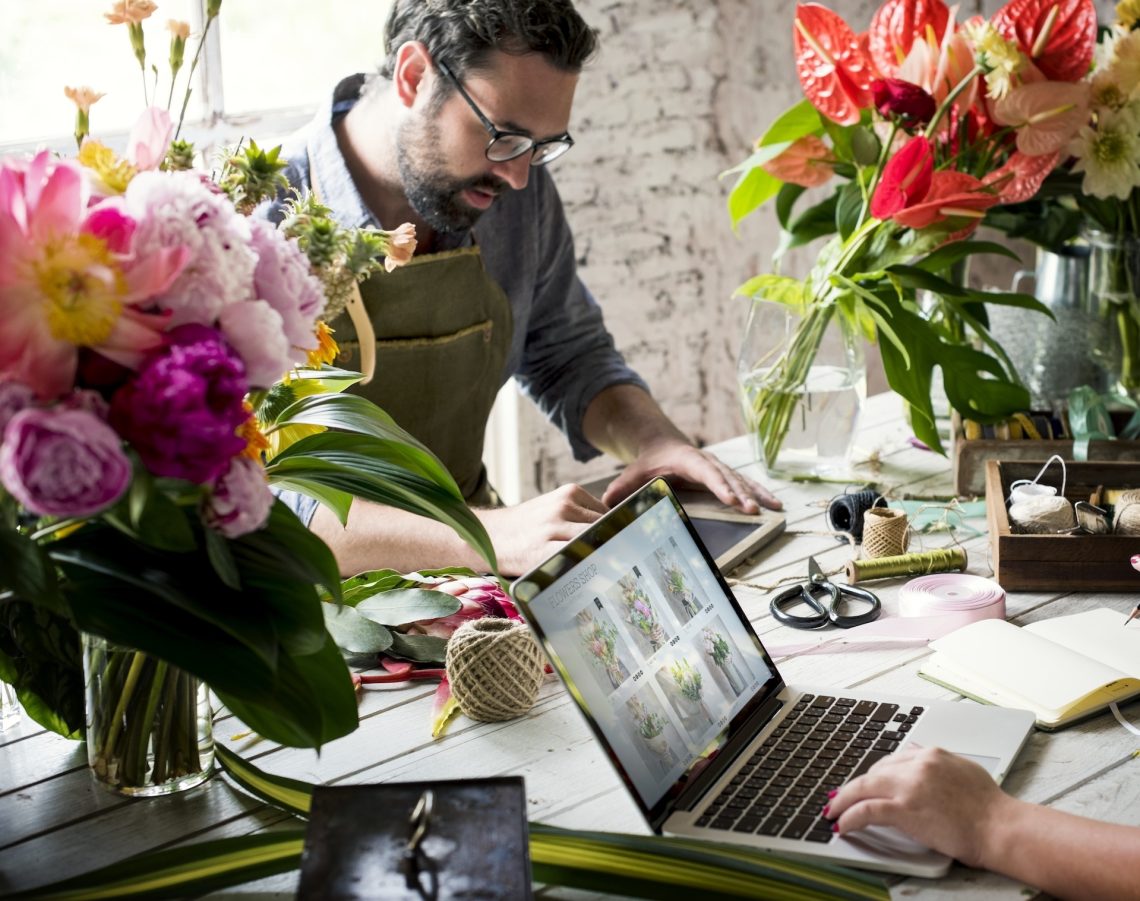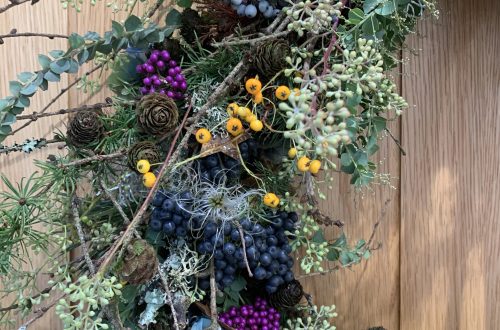Words by Andrew Joseph
Learn how to maximise your sales by upselling; your customers (and your bottom line) will be glad you did
A customer has the flowers in hand and is happy with what he or she has. And so are you. But wouldn’t it be great if there was a way to make both of you even happier? You’re in luck; there is…
Andrew recently talked with Tim Huckabee, FSC, president of Floral Strategies (floralstrategies.com) for some education. A plain, honest talker with a great sense of humour, Huckabee is a globally renowned and respected educator in the areas of flower and plant sales and customer care, who has worked with more than 7,000 retail and wholesale florists of all sizes spanning five continents.
For Huckabee, when a customer is satisfied with the assistance provided to him or her and is ready to leave the building, this is the time to upsell or suggest some add-ons. “To be honest, I find those descriptive terms to be a bit pedestrian,” Huckabee notes. “I teach the more eloquent terminology of introducing a secondary item as ‘the finishing touch.’ The customer may have the doughnut, but wouldn’t he or she prefer to add some sugar glaze? That’s the mindset retail florists need to have with their products. It’s the best way to increase your retail sales with very little extra effort and no additional customer acquisition expense.”
Upselling has nothing to do with trying to “rip off” customers and everything to do with adding to their shopping and purchasing experiences — and, yes, your bottom line, Huckabee assures. It is all about increasing your shop revenue. “This is a way to easily increase your shop revenue,” he emphasises. “You aren’t spending any time, energy, or money trying to attract a new customer; you have one right in front of you — or on the phone. You are simply piggybacking onto an existing sale.”
Huckabee describes upselling as kind of “putting an emotional pepperoni around a heart-worm pill” — a tactic a dog owner knows all too well — and explains that when shop owners are training their staff to suggest “finishing touches” to every customer, they need to understand that they are helping to further personalise the sale for the customer.
He notes that when customers are offered a box of chocolates, a scented candle, a plush toy, or balloons as something that would pair nicely with and enhance their floral purchases, they will, more often than not, purchase at least one of the items being suggested. “More important, though,” he assures, “they will respond with a thank-you because they might have been unaware that you are offer such things.”

Huckabee points out that even if your retail flower shop offers a great many items other than flowers, 99 percent of the time, customers are coming in to purchase only the flowers they need. “They have tunnel vision and will not see anything else in the shop, regardless of how blatantly placed it is,” he elaborates. “I’ve been in flower shops where someone trips over a card rack and asks the salesperson if the shop has greeting cards.”
Huckabee fears that some retailers might be put off by having customers thank them for allowing them to spend more money but reiterates that all a retailer is doing is offering the customer an opportunity to personalise his or her purchase. While he understands the standard mentality of not wanting to be pushy, “It’s a £5 balloon, so get over it.”
He realises that some florists might think they are going to upset a customer, but he says it’s best to present “finishing touch” items that are within the customer’s already determined price range. “I’m offering a £5 balloon, a £10 box of chocolates, or a £20 candle, and the customer is already spending £100 on flowers, so what’s the big deal?” he asks.
The Online Mentality
Huckabee shares a fact about online shopping: Customers shopping on a florist website spend, on average, 25 percent more than customers who call or come into the store. “Customers go online because they are looking to purchase floral gifts for themselves or other people — just as with in-store shopping,” he remarks. “But, online, they have to look around to see what they want because they aren’t escorted by retail staff to a flower cooler, so they must scroll through the products available on a florist’s always updated (hopefully!) website. A retail website shows exploring customers everything the shop has to offer, and customers often add items on their own, without having to be prompted.”
Huckabee adds that florists’ websites should be programmed to prompt customers to add a balloon, some chocolates, a teddy bear or whatever else a florist offers as additional sales items to the “shopping cart” upon checking out. “Just as with in-store sales, the additional options are offered only as the customers are getting ready to pay for their floral purchases.”

ABC: Always Be Closing
For retailers who have qualms about trying to determine the right time to add to a customer’s purchase, Huckabee offers this advice: “With every single sale, you should offer the customer a ‘finishing touch,’ which, obviously, based on the term, would come near the end of the sales conversation, when closing the sale.”
Historically, in a flower shop, sales staff are concentrating on getting the perfect flowers for a birthday, anniversary, new baby or whatever the customer’s important occasion or event is, and they can easily forget to suggest additional items, especially if doing so is not part of the store’s sales culture and/or if they have not been properly trained to do so. But Huckabee and his FloralStrategies approach teach that all staff members must learn to mimic websites and offer a “finishing touch” to every single customer.
“It’s usually at this point in my classes where someone will ask if his or her staff should try to sell a bereaved individual some funeral balloons,” he shares. “Uh, no, but what we’re going to do instead is give the customer the chance to personalise the sale with a script of ribbon that reads ‘Beloved Grandma’ or perhaps a small wind chime, an angel figurine or other keepsake memorial.”
I asked Huckabee about the best way to present the idea of a “finishing touch” to a customer, and while he was reluctant to explain it in detail, seeing as this is part of how he makes his living, he did provide some insight. “You’re asking me to reveal the secret sauce,” he lamented, quite reasonably. “Let’s just say that I introduce the item to the sales conversation as a suggestion rather than a question. We tend to ask customers questions that elicit a “yes” or “no” response, which is exactly what we don’t want to do when it comes to suggesting a ‘finishing touch.’ The point is, regardless of the purchasing situation of your customer, you aren’t trying to ‘hard sell’; rather, you are suggesting something, which is a much gentler way of selling.”
It’s important, he points out, to realise that a “finishing touch” is simply a secondary sale. “The flowers that customers purchase for an anniversary, funeral, et al., are the primary sale, and that isn’t going to go away because you suggest a ‘finishing touch’ to further personalise the gift. Floral retailers must make this mindset a reality and part of their routines,” he advises.
Secondary-sale Suggestions
Huckabee offers his take on just what some of those secondary-sale items could be for “finishing touches,” adding that he has seen pretty much everything being added on — but again, it depends on the customers’ needs and budget and the occasion for which they are purchasing the flowers. A “finishing touch” can be any low to moderately-priced gift item in the store — such as a special ornament during the Christmas season, for example. Some savvy florists shop the gift markets specifically for distinctive items that they can offer as their secondary-sale options, some of which are occasion or festive season specific. However, for many florists, Huckabee recommends “sticking with the usual suspects: candy, scented candles, plush toys, balloons, and greeting cards.”
For those wondering about what percentage of the primary flower purchase the “finishing touch” should be, Huckabee says, “It depends on the reason for the primary-flowers purchase, the price of the primary purchase, and even the shop’s clientele and location. You aren’t going to try to sell a £100 secondary item when the primary item costs only £50. You have to use your head; it’s a ‘finishing touch,’ not a cash grab! The proportion is key, and by following the methodology I teach, retailers can easily increase their average sale by 20 percent.”
The “finishing touch” has to be part of the way the entire shop staff goes about its daily business. “It can’t just be the shop owner or manager; it has to be everyone involved in customer service,” Huckabee emphasises. “It’s important that suggesting ‘finishing touches’ become part of a shop’s culture and to motivate employees to mention them to every customer.”
Regarding incentivising “finishing touch” sales among sales staff, Huckabee points out that while it may seem like a good idea, it may not be. “Turning the selling of ‘finishing touches’ into a contest to see who can sell the most or the highest pound volume can foster animosity among the staff, especially if one or two people continually sell the most.” Instead, he suggests providing all of the staff, at the end of a specified period, with a gift card to a local coffee shop or grocery store if a specified sales goal is met, “but it isn’t necessary.”
“The ‘finishing touch’ concept has to be confirmed with your staff, not as an upsell but, rather, as good customer service,” he instructs. “There’s nothing negative about it; it is all about offering customers exemplary service, and it becomes a regular part of the sales process in a store. One doesn’t need to go above and beyond to get people to do their jobs.”






